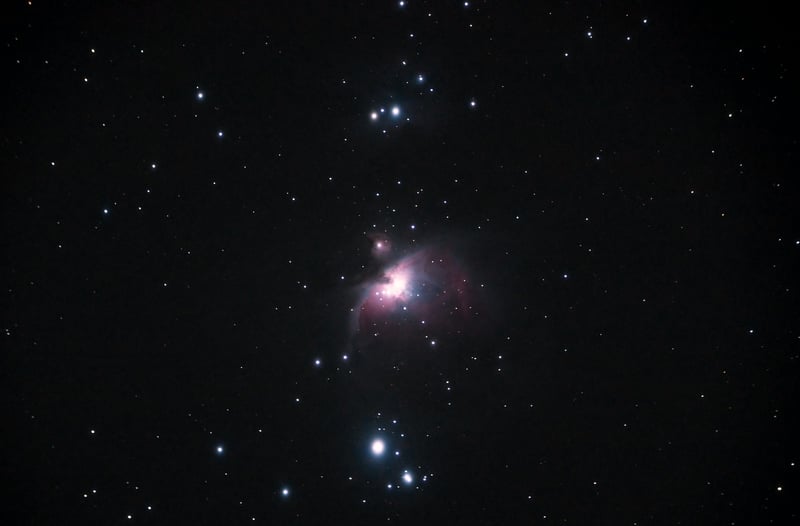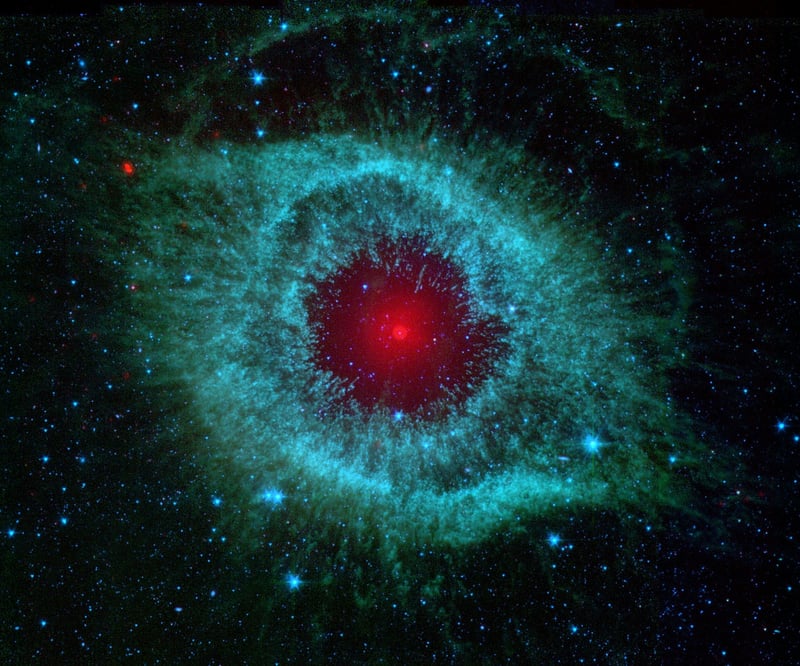Nebulae Wonders
Exploring Celestial Wonders: A Guide to Nebulae
Welcome to the mesmerizing world of nebulae, where celestial wonders await those who gaze up at the night sky. Nebulae are vast clouds of dust, hydrogen, helium, and other ionized gases scattered throughout the universe, often serving as the birthplace of stars. Let's embark on a journey to discover some of the most breathtaking nebulae that exist in our galaxy and beyond.
1. The Orion Nebula

The Orion Nebula, also known as Messier 42, is one of the brightest and most well-known nebulae in the night sky. Located in the Orion constellation, this stellar nursery is visible to the naked eye and is a popular target for amateur astronomers with binoculars or telescopes.
2. The Crab Nebula

The Crab Nebula, cataloged as Messier 1, is the remnants of a supernova explosion observed by Chinese astronomers in 1054 AD. This pulsar wind nebula is located in the Taurus constellation and is a source of fascination for scientists studying the aftermath of stellar explosions.
3. The Helix Nebula

The Helix Nebula, also known as the Eye of God, is a planetary nebula located in the Aquarius constellation. Its striking appearance resembling a giant eye makes it a favorite among astrophotographers capturing the beauty of deep space objects.
These are just a few examples of the countless nebulae scattered across the cosmos, each with its unique characteristics and beauty. Whether you're a seasoned stargazer or a novice astronomer, exploring these celestial wonders can ignite a sense of wonder and curiosity about the vastness of the universe.
Remember to grab your telescope, find a dark sky location, and peer into the depths of space to witness the awe-inspiring beauty of nebulae up close.
Happy stargazing!
